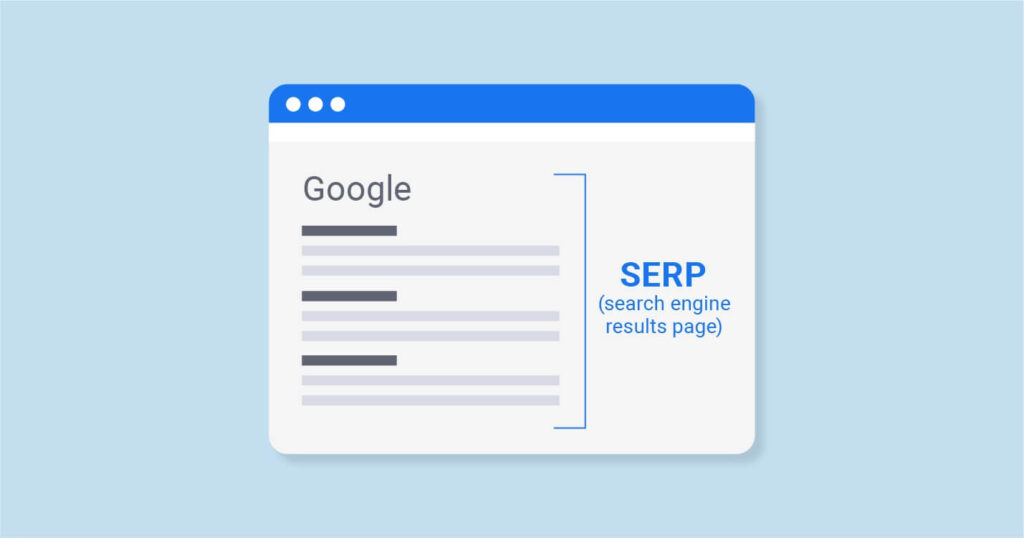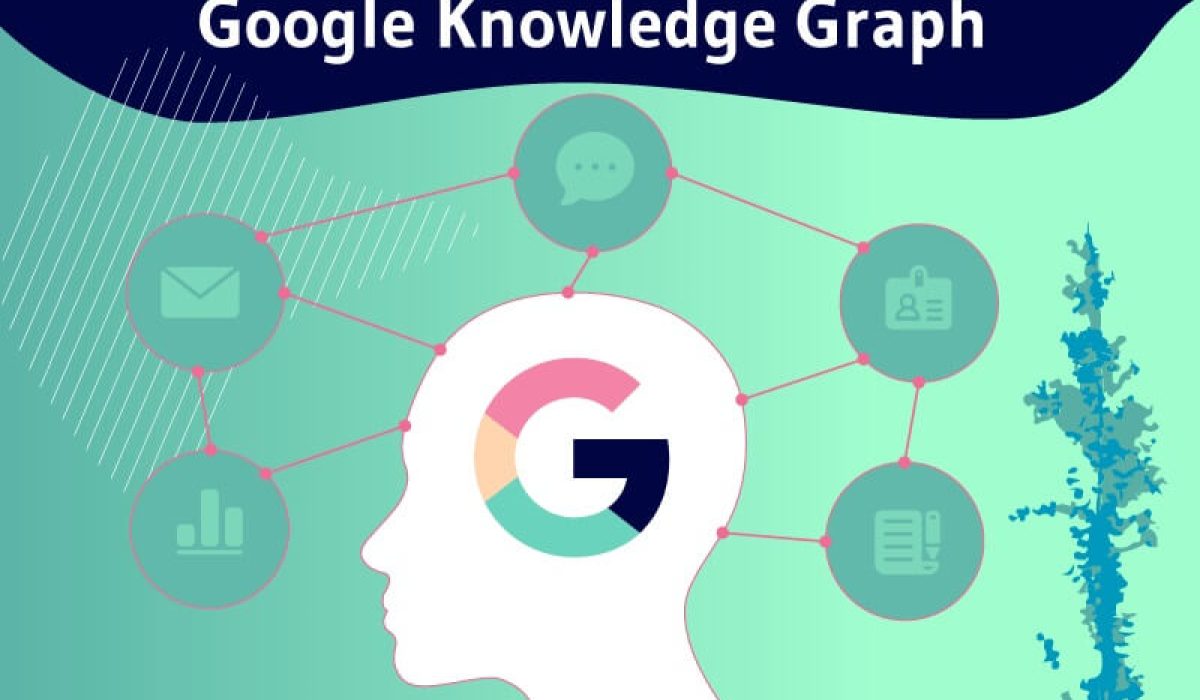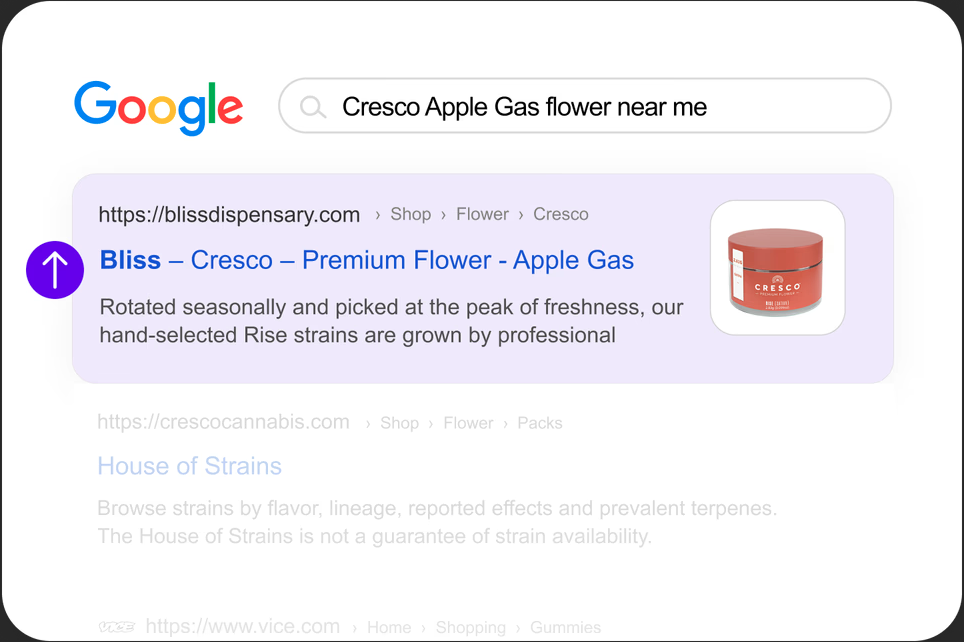One of Google’s core objectives is to help users find information as quickly as possible. For that to be possible, it doesn’t just present accurate information but analyzes millions of data within seconds and showcases the most accessible findings.
This is based on people, places, facts, and things. These results are displayed in what is called the Google knowledge graph.
So, what is this graph?
This knowledge graph is a search feature that provides accurate answers to users’ questions without requiring them to click on any website URL. Thus, the chart is loaded with billions of information about various people, things, and places which are sectioned into entities.
Based on your search query, Google can understand your intent using latent semantic indexing (LSI), thaw through its knowledge base, and present relevant facts within seconds.
However, it doesn’t only rely on the keywords or phrases used. It also takes account of your past similar searches to gain context and provide precise results.
Benefits of Google’s Knowledge Graph
Google knowledge graph structured data is loaded with several benefits. They include:
● Promotes visibility for your website. If your website earns a feature on the knowledge graph, your website will be revealed to millions of users daily. You can generate traffic, increase leads, and boost conversions.
● Builds trust with potential visitors. Trust is crucial in setting your website apart from your competitors. Users automatically see your website as trustworthy when your website content is displayed on the knowledge graph. Credible websites generate the most traffic and get the best results.
● Increase your network of social media followers. Seeing your website featured on the SEO chart increases your network of followers. Your website will always be at the back of their minds. What’s more? They will recommend it to their friends and family.
● Improves user experience. Knowledge graphs help improve the user experience of people looking for easy-to-read information. If your website is the one to provide such information, that’s a huge plus.
● Increases credibility. Another benefit of a product knowledge graph is that it promotes the credibility of your website and products. This is because it can display the number of reviews and ratings of your products.
How Does Google Knowledge Graph Work
Now that you know what Google’s knowledge graph is, the big question is how does it work?
Google displays accurate data on the panel after harvesting it from different sources. It uses the relationship between words and concepts to understand user intent and show quality results.
These sources are either publicly accessible or privately licensed. Thus, it is developed on top of existing databases to connect all data together and present them in a knowledge graph optimization for users. But here’s the tricky part: people do not conduct searches directly. They do it differently, which might confuse an encyclopedia but not Google.
All of its information is encoded in entities in a knowledge graph structure data called triples which are made of subject-predicate-object statements. The beauty of this is you can create a unique knowledge graph SEO. The knowledge graph is a great way to boost the visibility of your website.
How Does It Influence Search and SEO
Google knowledge graph is an integral aspect of organic search as more users are introduced to accurate answers without clicking any link. You might wonder how websites can benefit from this if they’re seemingly not earning clicks.
We’ll explore what the graph means for organic search and SEO in general.
● It allows Google to understand search intent. One of the unique influences of the knowledge graph is that it will enable Google to understand the purpose behind every search. If your website gets featured, it’s a huge deal.
● It allows for more brand visibility. Another uniqueness is that it gives room for brand awareness and visibility, utilizing SERP features such as Knowledge Panels and Knowledge Cards. If your brand gets featured in the graph, your web pages will earn a higher rank, get more traffic, and build trust with your audience.
Going beyond displaying accurate results on SERPs, Google knowledge graph may be a game changer for your website and your business.
How to Get in Google’s Knowledge Graph
One of the foolproof ways to outrank your competitors during an organic search is to get into the knowledge graph and earn several features. When Google gets a hold of your structured data, it can shift your web pages to the top of SERPs during organic searches.
But how do you get into the knowledge graph?

Use Schema Markup on Your Site
One of the best ways to get your website featured on Google knowledge graph is to implement schema markup. It’s a way of presenting your content so that Google can understand it.
The benefit of having a schema markup on your site is that you can:
● Get Rich Snippets.
● Appear on a Knowledge Panel
● Appear on non-branded queries.
We’ve covered a beginner’s guide to schema.org; you should check it out.
Sign Up for Google My Business
You should set up a Google My Business account if you have a website but also run a physical business. It can help promote local SEO, influence local listing, and improve brand visibility.
Signing up for GMB doesn’t guarantee a place on the knowledge graph. However, your business can appear on the panel when people conduct local search queries.
Register on GMB, and fill up the correct information on the name of the business, address, website, phone numbers, and pictures of your facility.
Get Listed at Wikidata.org and Wikipedia
Another way to get featured on Google knowledge graph is to get listed on Wikidata and Wikipedia.
Wikidata is a platform that provides structured data for Wikipedia, Wikimedia, and other platforms. It is an open-source platform sourced by Google for its knowledge graph data.
Creating an item on Wikidata is straightforward, but you might also need a linked Wikipedia page.
Creating a Wikipedia page is also essential. You should read and adhere to all the policies and guidelines creating a page.
Stay Active and Consistent
It is also essential to stay active on your website – as a way to show Google you’re reputable. One of the first steps to achieving that is to keep your web content up to date.
Since Google prioritizes user experience in displaying results, you should focus on optimizing keywords, meta tags, and your content. It will rank your pages higher and likely get you a spot on the knowledge graph.
Verify Your Social Media Accounts
Your content can also get featured if you create and verify your social media accounts. Your website should be linked to your social media platforms and vice versa. This is vital as Google reveals social media profile links during knowledge graph results.
You should create an account for your brand on Facebook, Twitter, LinkedIn, Pinterest, and other platforms. Ensure that the details on your social media accounts are accurate.
Conclusion
Google knowledge graph is an innovative way to get your brand across to your potential audience when they conduct organic searches. Thankfully, our comprehensive guide provided all you need to know about it and how to set it for your website.
So, what are you waiting for?




